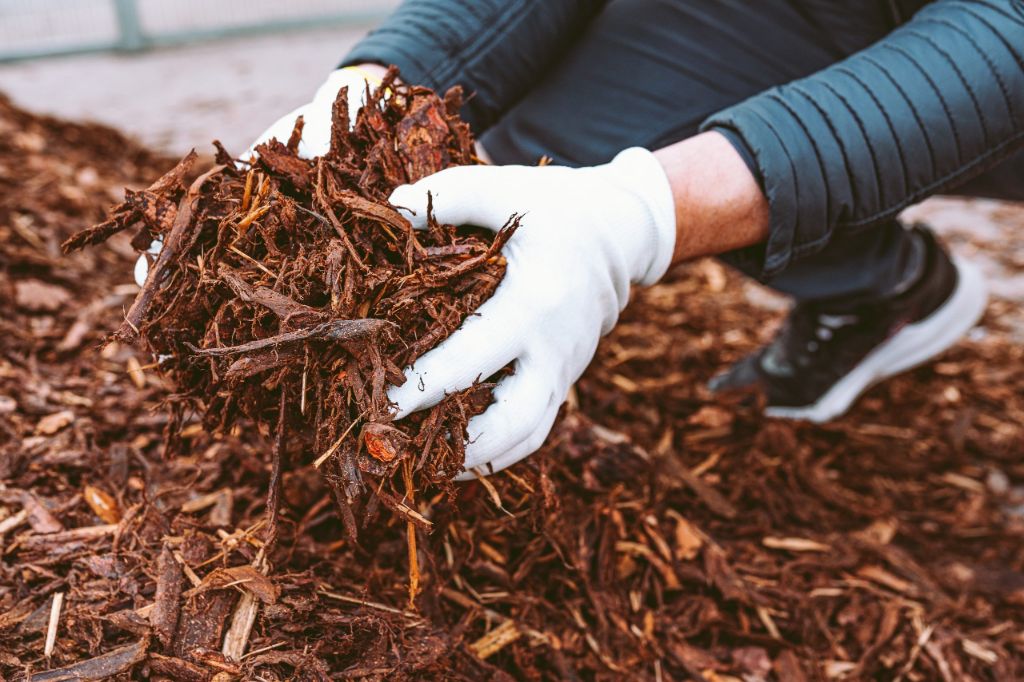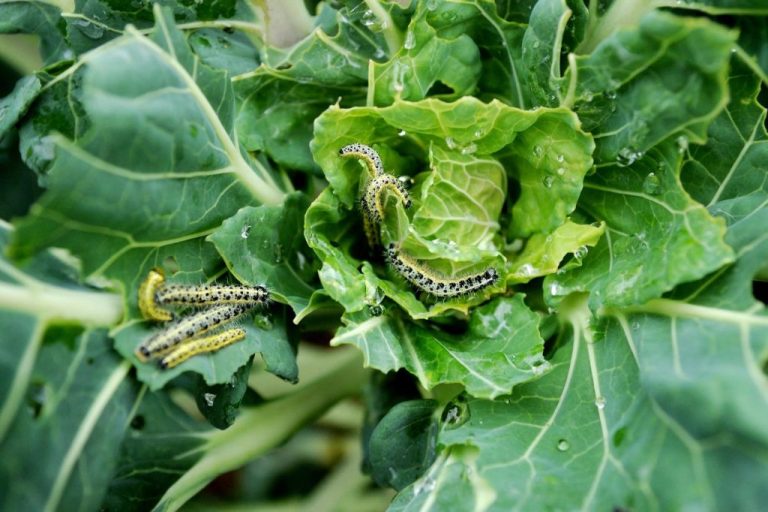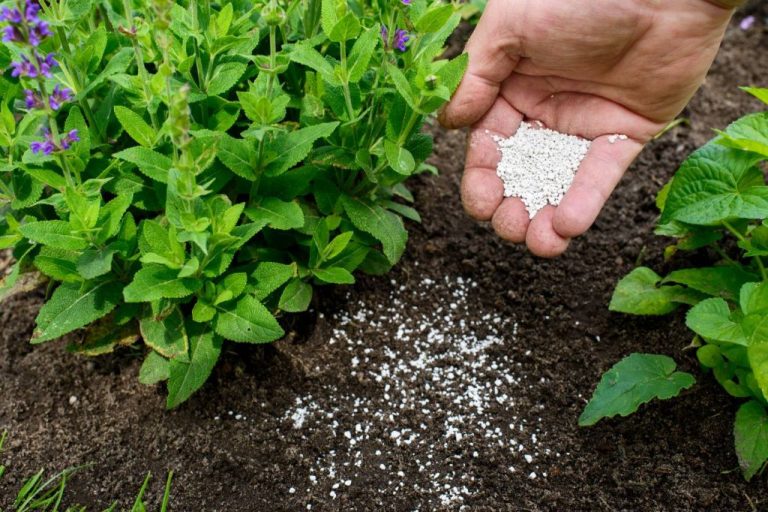Fall Garden Cleanup: Tidying Your Garden For Winter
Fall garden cleanup is an important annual task to prepare your garden for winter and set it up for success next growing season. As autumn approaches, the garden starts to decline and die back. Leaves fall, plants fade and go dormant, and pests and disease can overwinter in debris.
According to gardencleanup.ca, “Why fall garden cleanup is important? Collecting the leaves, plant stems is important to keeping your garden healthy for the next year. Gets rid of bugs and pests that can overwinter and cause problems again next year.”
Doing a thorough fall cleanup removes plant matter where pests can live, clears space for spring growth, protects plants from disease, and improves the overall health and appearance of the garden. It’s also a great time to make notes on what worked well this year and what could be improved for next year. With a proper fall garden cleanup, you can start the new growing season off right.
Remove Annual Plants
Annual plants complete their entire life cycle in one growing season. Some common annual flowers to remove in fall include petunias, zinnias, marigolds, and cosmos (Country Living). Other annuals like snapdragons, nasturtiums, and morning glories can be cleared out as well. It’s important to pull up the roots and stems of annual plants to make room for new growth next season (Epic Gardening). Removing annuals prevents disease, pests, and weed growth over winter.
Cut Back Perennials
Cutting back perennials in the fall helps promote growth the following spring and improves the overall health of the plants. The key is knowing which perennials to cut back and the proper technique for doing so.
Many perennials such as bee balm, phlox, obedient plant, and others can be cut back to about one-third their height. Use sharp bypass pruners to make the cuts just above leaf nodes or buds 1. Cutting above nodes or buds encourages new growth from that point.
For perennials like purple coneflower, cut the stems back after the flowers fade leaving about 4-6 inches of stem. Do the same for yarrow, cutting back flower stalks but leaving the basal foliage 2.
Leave any perennials with attractive seed heads like sedums. Also avoid cutting back perennials too early while they still have green foliage or the plant could put energy into growing more leaves instead of going dormant.
Cutting back perennials properly in fall helps improve their winter hardiness and prepare them for vigorous growth when spring arrives again.
Prepare Soil for Winter
It’s important to prepare garden soil for winter to protect and enrich your soil. Soil health directly impacts the quality of your plants the following spring. Here are some tips for preparing your soil before winter arrives:
Amend the soil using compost or other organic matter like peat moss or manure. Adding organic material in fall helps improve drainage and nutrient retention. Work compost into beds at a rate of 2-3 inches across the top 3-6 inches of soil. Adding organic matter is especially beneficial for clay soils.
Next, apply a 2-3 inch layer of mulch on top of soil and around plants. Bark chips, leaves, straw, and wood chips all make excellent mulch. As the mulch breaks down, it will continue enriching the soil over winter. Mulch also acts as insulation to protect plant roots from temperature extremes.

Clean and Store Garden Tools
Properly cleaning and storing your garden tools before winter hits is crucial for keeping them in good shape for next spring. Start by cleaning off any dirt and debris from tools using a stiff brush and warm, soapy water (avoid submerging wood handles in water). Use steel wool or fine sandpaper to gently remove rust spots on metal tools. Be sure to dry them thoroughly before storing. Sharpen any dull blades and shears using a whetstone or metal file – this will make spring gardening much easier when it’s time to use them again.
Once clean and dry, lightly coat metal surfaces with a protective oil to prevent rusting. For wood handles, apply a coat of linseed oil. Store tools in a dry, enclosed location like a garage or garden shed protected from moisture. Hang rakes, shovels, and other long-handled tools on a wall mount or place upright in a bucket of sand. Drain hoses completely and neatly coil before stowing away. Place any remaining chemicals, fertilizers, or pesticides up on shelves out of reach of children and pets. Taking the time to properly clean and store all your garden tools will help keep them in optimal shape over the winter months.
Clean Up Garden Beds
One of the most important fall garden cleanup tasks is tidying up your garden beds. According to gardening experts, you’ll want to start by removing any weeds or debris that have accumulated over the growing season (Source URL: https://www.reddit.com/r/gardening/comments/17v7z71/pls_help_lol_fall_garden_bed_cleanup_tips_winter/ )
Carefully pluck any remaining weeds by hand or use a hoe to remove them. Discard the weeds and any fallen leaves or debris. Next, go around the edges of your garden beds with a spade to redefine the borders and give them a fresh, clean edge before winter. This will make your garden beds look neat and tidy.
You may also want to remove any remaining plant debris or mulch that has broken down over the seasons. Add a fresh layer of mulch or compost which will enrich the soil over the winter months.
Prune Trees and Shrubs
Fall is a good time to prune many trees and shrubs in preparation for winter. When pruning in fall, it’s best to focus on removing dead or damaged branches, thinning the canopy, and removing suckers and water sprouts. According to the Natural Enquirer, while different plants can handle pruning at different times, it’s often recommended to avoid heavy pruning in fall as plants are getting ready for dormancy (https://issuu.com/schaumburgparkdistrict/docs/natural-enquirer-online-06_nov-dec2019).
When pruning trees and shrubs in fall, it’s important to remove all dead wood and branches showing signs of disease, as recommended by the Rushville Evening Daily Republican (https://newspaperarchive.com/rushville-evening-daily-republican-oct-31-1974-p-9/). This helps improve the overall health of plants heading into winter. Focus on structural pruning by thinning out branches and shortening laterals. Avoid removing more than one quarter of the total foliage when pruning in fall.
Proper sanitation is crucial when pruning diseased branches. Disinfect pruning tools between each cut with a dilution of 1 part bleach to 4 parts water. This prevents the spread of disease. Always make clean pruning cuts just outside the branch collar. Pruning in fall sets up trees and shrubs for healthy new growth in spring.
Protect Structures
Fall is a great time to assess your garden structures and take steps to protect them throughout the winter. Preparing trellises, raised beds, and other features now will help ensure they make it through the cold season without damage.
For wooden structures like trellises and raised beds, clean them thoroughly by gently scrubbing off dirt and debris. Make any needed repairs and seal untreated wood with an outdoor sealant to protect it from moisture and rotting. You can also paint or stain treated wood to refresh the color.
Use weather-resistant covers to protect more delicate structures from snow, ice, and heavy winds. Fasten covers securely so they don’t blow away. Bubble wrap and burlap work well to insulate containers and beds. Make sure to weigh covers down with bricks, stakes, or frames.
Drain and store any hoses and irrigation supplies and turn off outdoor faucets to prevent pipes from freezing and bursting. Place empty pots upside down and find a dry spot to store them for winter.
Inspect fences, arbors, pergolas and other garden features and make any needed fixes before winter weather sets in. A bit of fall maintenance now will ensure your garden structures remain in good shape until spring.
Fall Lawn Care
One of the most important fall garden tasks is preparing your lawn for the colder months ahead. Proper fall lawn care helps ensure your grass stays healthy through the winter and springs back vigorously in the spring.
Aerating the lawn in fall allows better water, nutrient, and oxygen flow to the roots during the cooler months. Use a core aerator to punch holes across the entire lawn. Ideally this should be done when the ground is moist but not soaked (cite url=https://www.lowes.com/n/how-to/fall-lawn-care-tips snippets=Tackle your fall lawn care by mowing, composting and mulching.)
Early fall is the best time to seed and fertilize cool-season grasses like fescue and bluegrass. The soil is still warm enough for good seed germination and root establishment before winter dormancy. Choose a fertilizer higher in phosphorus and potassium which aids root growth and carbohydrate storage (cite url=https://www.lawndoctor.com/blog/fall-lawn-care-steps snippets=For professional fall lawn maintenance, we provide personalized services).
Mowing should continue into fall but raise the mowing height slightly as growth slows. Continue watering as needed to avoid drought stress through fall. Remove leaves as they accumulate to allow sunlight to reach the grass.
Conclusion
As the growing season winds down and cooler weather arrives, it’s important to thoroughly clean up your garden beds and lawn areas. Taking the time for fall cleanup will help protect plants, keep pests at bay, and prepare your outdoor space for next spring. By removing spent annuals, cutting back perennials, pruning shrubs and trees, and raking up debris, you enable your plants and lawn to enter dormancy in a healthy state. Eliminating diseased plant matter, pulling weeds, and improving soil structure also reduces the chance of issues persisting into next year. After a season of growth and production, fall is the perfect time to reset your garden and yard for renewed vigor. With the tasks outlined here completed, you can rest assured your landscape has the best opportunity to thrive when warm weather returns.





